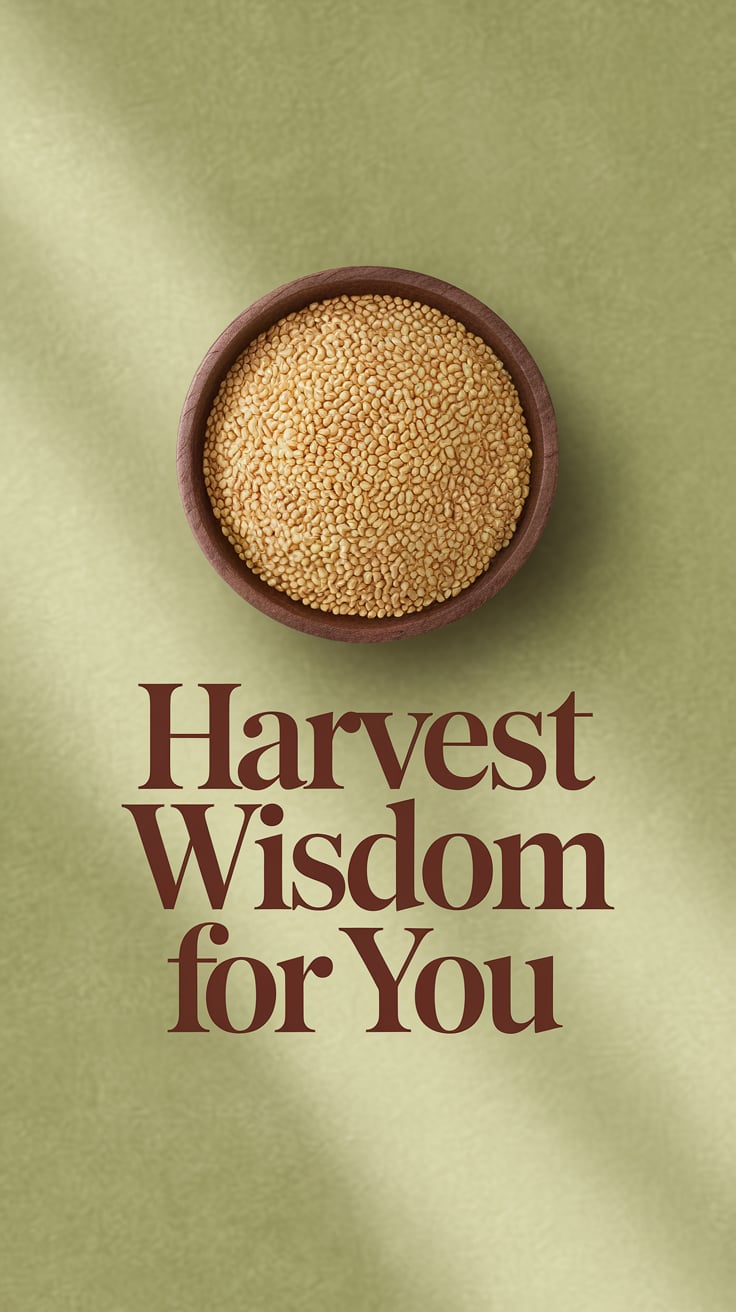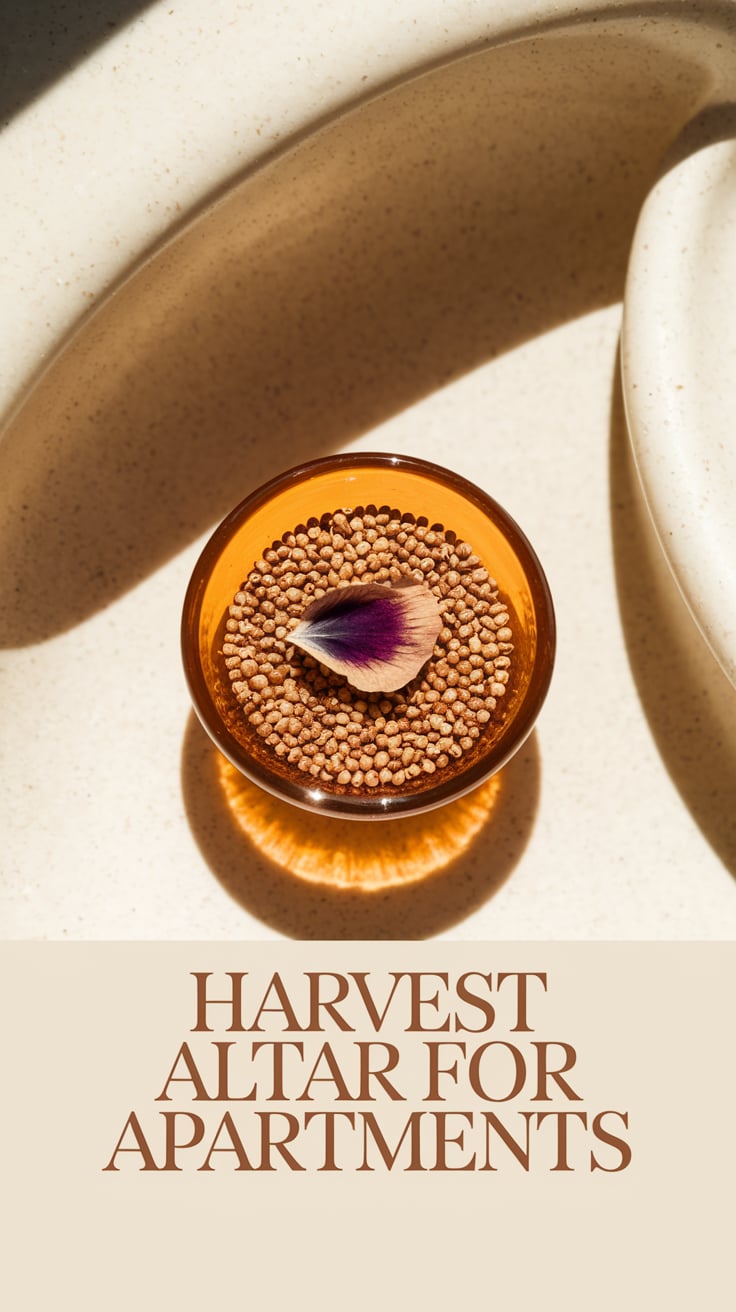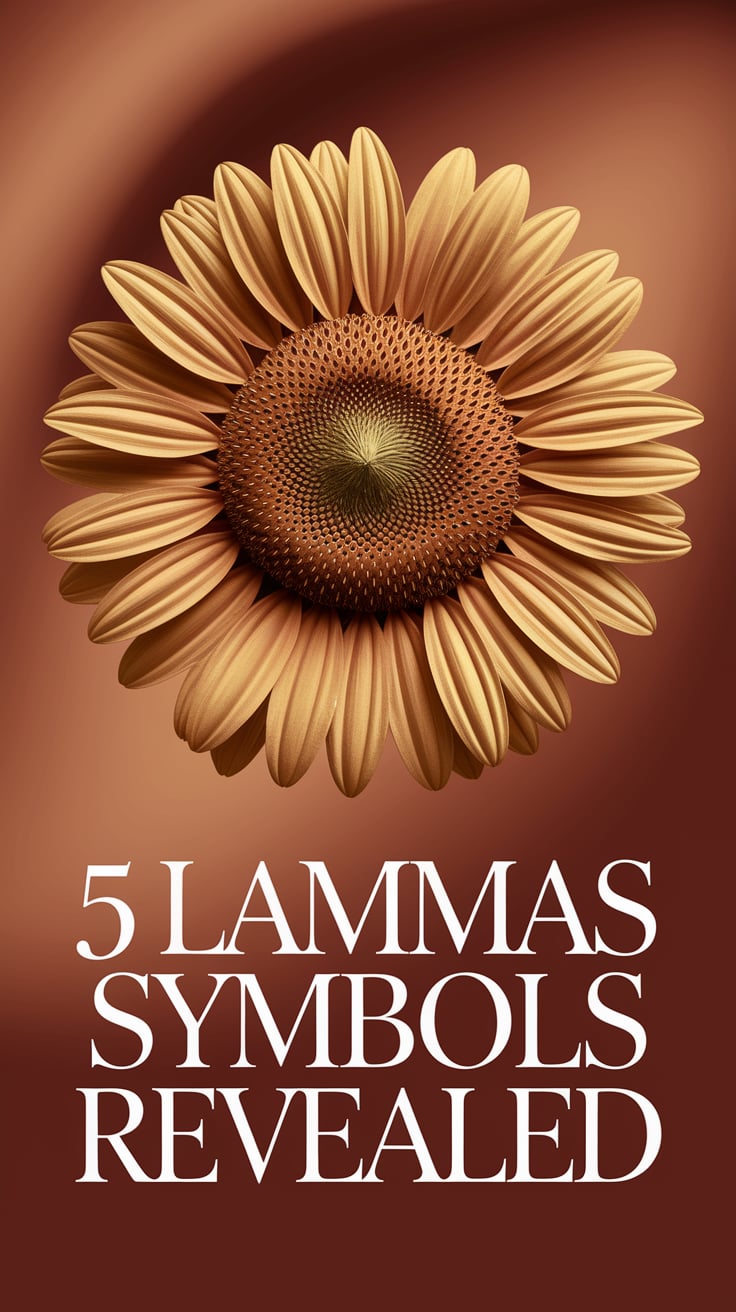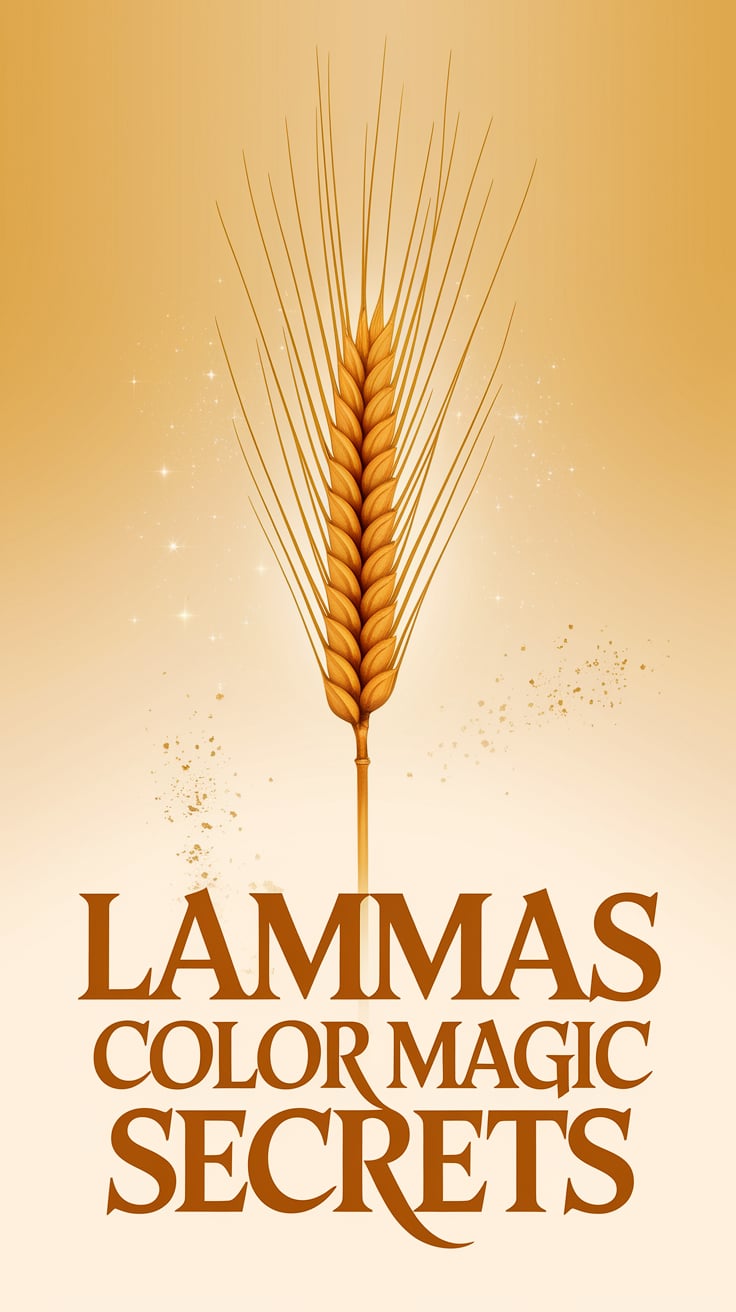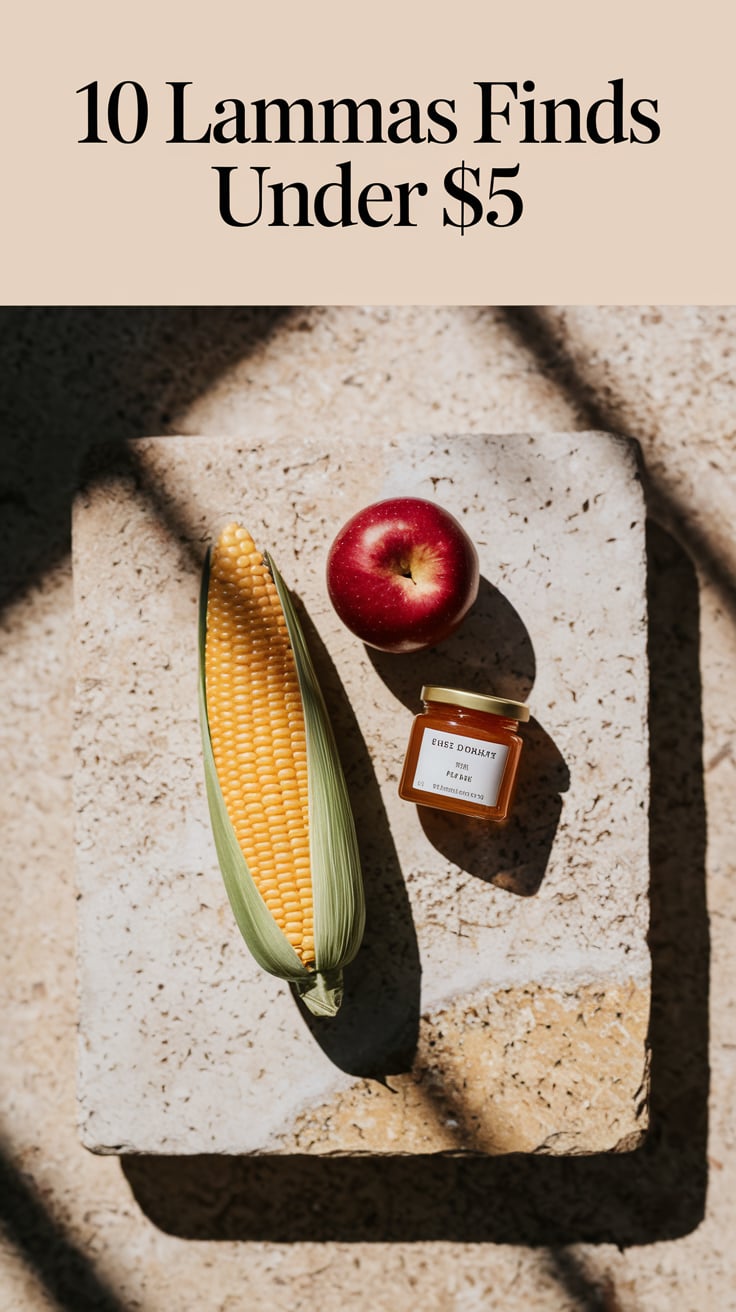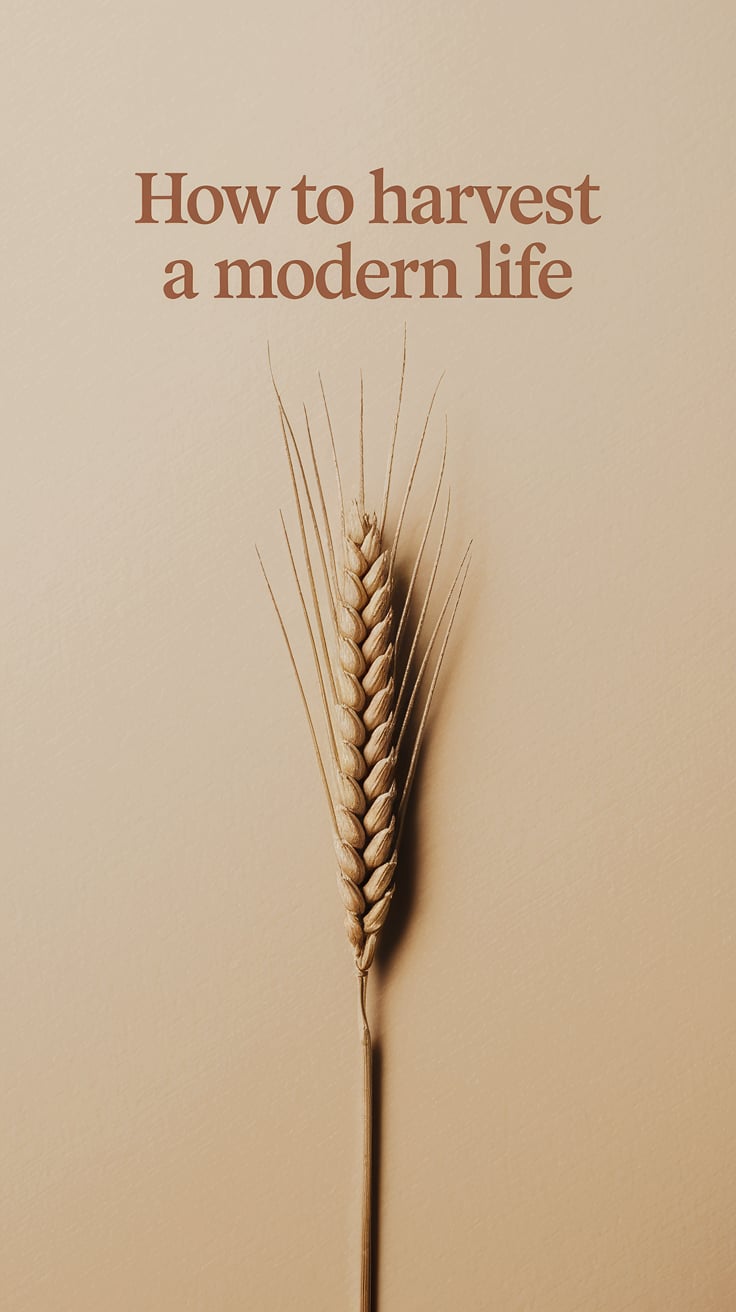Creating Your Sacred Lammas Altar: A DIY Guide + Insta-Worthy Inspiration
Please note that posts on this site may contain affiliate links
Setting up a Lammas altar creates a powerful sacred space to connect with the first harvest energies of the season. August brings that unique moment when summer’s heat remains strong but the first whispers of autumn begin. Your altar serves as both magical workbench and tangible reminder of this transitional energy. I’ve created seasonal altars for nearly two decades now, experimenting with everything from elaborate outdoor setups to the tiniest apartment windowsill arrangements.
Most practitioners feel disconnected from agricultural cycles these days. Living in cities, buying food from supermarkets, working indoors. The seasonal shifts happen around us, but we miss them. Your Lammas altar bridges this gap, bringing harvest energy deliberately into your awareness and home.
Those perfect Instagram altar photos can be both inspiring and intimidating. Remember that behind every beautifully styled photo likely sits a cat waiting to knock everything over or a practitioner who moved fifteen items out of frame. Real altars exist in real spaces with real constraints. The power comes from intention, not perfection.

The Essence of Lammas Altars
Lammas (also called Lughnasadh) traditionally celebrates the first grain harvest. Ancient agricultural communities understood their survival depended on this critical moment. The holiday honors both abundance and sacrifice, recognizing that something must be cut down for sustenance to continue. This duality forms the spiritual foundation of any Lammas altar.
Traditional correspondence systems associate Lammas with specific colors, elements, and symbols. Gold represents ripened grain fields under the August sun. Orange and red connect to the solar energy still dominant. Brown grounds the practice in earth and soil. Green bridges high summer growth with the coming harvest.
My approach to altar creation balances historical elements with practical accessibility. Students often worry about “getting it wrong” when following complex traditional prescriptions. The truth? What matters most is creating a space that speaks to your understanding of the season.
Agricultural communities celebrated the grain harvest because grain sustained them. Your altar should reflect what sustains you. The fundamentals remain consistent: gratitude for abundance, acknowledgment of necessary sacrifice, and preparation for the coming seasonal shift.
When teaching altar creation, I emphasize personal connection over rigid rules. Your altar tells the story of your relationship with the season. Some practitioners maintain strictly traditional arrangements with wheat sheaves and corn dollies. Others incorporate modern elements reflecting contemporary life. Both approaches work beautifully when done with intention.

Essential Elements for Your Lammas Altar
Colors form the foundation of an effective altar. Gold and yellow represent the sun and ripened grain. Orange and red capture summer’s lingering warmth. Brown connects to earth and stability. Green acknowledges continuing growth alongside harvest. Choose cloth, candles, or decorative elements in these shades to establish your color foundation.
Grain stands as the most traditional Lammas symbol. Wheat sheaves or stalks, corn, barley, oats or any local grain creates an instant connection to harvest traditions. No access to actual grain stalks? Bread serves as an excellent alternative. Consider baking a special loaf, purchasing artisanal bread, or even using breadsticks or crackers to represent the grain harvest.
Fruits and vegetables showcase summer’s abundance. Apples (traditional first fruits), berries, tomatoes, peppers, squash, or any locally seasonal produce works perfectly. Farmers market finds create an especially strong connection to local agricultural cycles.
Sunflowers embody Lammas energy beautifully. Their golden petals mirror the sun while their seeds represent harvest and future planting. One large sunflower makes a striking altar centerpiece. Fresh flowers not available? Dried flowers or fabric/paper representations work well too.
Stones and crystals that complement harvest energy include citrine, amber, yellow jasper, and carnelian. Their warm tones echo the colors of fields and sunset. Tiger’s eye connects to both solar energy and earth stability. Clear quartz amplifies any intention.
Tools for your altar might include a small scythe or cutting implement (representing harvest), a mortar and pestle (for grain processing), a cornhusk doll (traditional craft), or a small cauldron (transformation). A journal and pen allow for recording reflections or writing harvest gratitude lists.
Working with limited space? Focus on miniature representations. A single wheat stalk, a small piece of bread, one perfect apple, and a candle capture the essence effectively even in tiny spaces. Those living in shared households might consider a harvest arrangement that doesn’t obviously read as an altar to others.
Budget constraints? Nature provides most Lammas elements freely. Gather grasses, wildflowers, stones, and fallen branches from parks or natural areas. Grocery store bread and fruit cost little but carry powerful symbolism. Colored paper or fabric scraps can create altar cloths or decorative elements.

Creating Your Altar: Step-by-Step
Select location first, considering both practical and energetic factors. Traditional placement faces west (direction of water and emotion) or north (earth and stability). Practical considerations matter more though. Choose somewhere accessible for regular interaction but safe from household traffic.
Clean your altar space thoroughly. Physical cleaning naturally transitions to energetic cleansing. Wipe surfaces with florida water or a simple salt water solution. Burn cleansing herbs like sage, rosemary or thyme if smoke is acceptable in your space. Alternatives include sound cleansing (bell, singing bowl), visualization, or spraying diluted essential oils.
Lay your base cloth first. This defines your sacred space and creates visual cohesion. Traditional colors work well, but any cloth that feels connected to harvest energy serves perfectly. No special cloth available? Clean placemats, scarves, bandanas or even decorative paper works.
Arrange larger items first. Central deity statues, large candles, substantial natural elements like sunflowers or grain bundles establish your foundation. Work outward from center or from back to front depending on whether your altar sits against a wall or allows 360° access.
Group related items together. Colors naturally complement each other when clustered. Representations of similar elements create visual harmony. Balance your arrangement visually without perfect symmetry. Slight asymmetry often feels more organic and natural for harvest themes.
Add personal touches that connect specifically to your relationship with the season. Family harvest photos, vacation souvenirs from summer trips, special jewelry, or meaningful quotes written on small cards personalize your space beyond traditional elements.
I organize my own altar in quadrants representing different aspects of harvest: gratitude, sacrifice, preservation, and preparation. This system helps me maintain balance between celebrating current abundance while acknowledging the coming seasonal shift. Your organizational system might differ entirely based on your practice.
Living with cats presents unique altar challenges. My solution involves creating a “cat zone” with safe items they can investigate while placing fragile or dangerous items (candles, small objects) in protected areas. Similar strategies work for households with small children or curious roommates.

Instagram-Worthy Styling Tips
Natural lighting transforms altar photography. Position your altar near a window or take photos during golden hour (shortly after sunrise or before sunset) when light casts a warm, magical glow. Avoid harsh direct sunlight that creates strong shadows.
Layer textures for visual interest. Combine smooth stones with rough grain stalks. Contrast woven baskets against silky altar cloths. Place glossy fruits beside matte candles. These textural differences create depth that photographs beautifully.
Create height variation through simple elevation. Small boxes, books, or blocks hidden under altar cloths create platforms for displaying items at different levels. This technique draws the eye through your composition and prevents the flat “everything on one plane” look common in amateur altar photos.
Consider your background carefully. Neutral walls showcase altar colors best. Alternatively, incorporate nature by positioning your altar near plants or windows overlooking trees. Bookshelves make appropriate backgrounds for scholarly practitioners. Remove visual clutter from the photography frame.
Styling techniques from interior design apply beautifully to altars. The rule of three suggests grouping similar items in threes for visual harmony. Contrast creates visual interest through opposites: light/dark, rough/smooth, large/small. Repetition of colors, shapes, or materials creates cohesion.
Remember the primary purpose remains spiritual, not aesthetic. The most beautiful altar fails if it lacks intention. Take time establishing your harvest season goals before arranging a single item. The clearest photographs capture genuine spiritual connection, not just pretty arrangements.
Living With Your Altar
Your Lammas altar should evolve throughout the harvest season. Unlike static decorations, magical altars interact with changing energies. Add items as the season progresses. Replace wilting flowers with dried arrangements. Allow bread to dry naturally as a symbol of preservation.
Interact with your altar regularly. Morning acknowledgments, evening reflections, or specific ritual interactions maintain the connection between you and the harvest energies. Touch the items, rearrange them slightly, add seasonal finds from walks or grocery trips.
My personal practice includes documenting altar changes throughout the season. Simple photos taken every few days create a visual journal of subtle shifts. Watching flowers dry, fruits ripen further, candles burn down provides powerful meditation on time’s passage during this transitional season.
Consider your altar a living workshop rather than a museum display. Some practitioners feel reluctant to change anything once established. The harvest season itself teaches us about natural evolution. Your altar should reflect this same organic development. What begins as celebration of first harvest naturally shifts toward preparation for autumn as the weeks progress.

Easy Simmer Pot Recipes for Financial Abundance Using Herbal Witchcraft
Unlock prosperity and attract wealth with ‘Easy Simmer Pot Recipes for Financial Abundance Using Herbal Witchcraft‘ for just $3.99—transform your life with potent, magical simmer pot spells.

